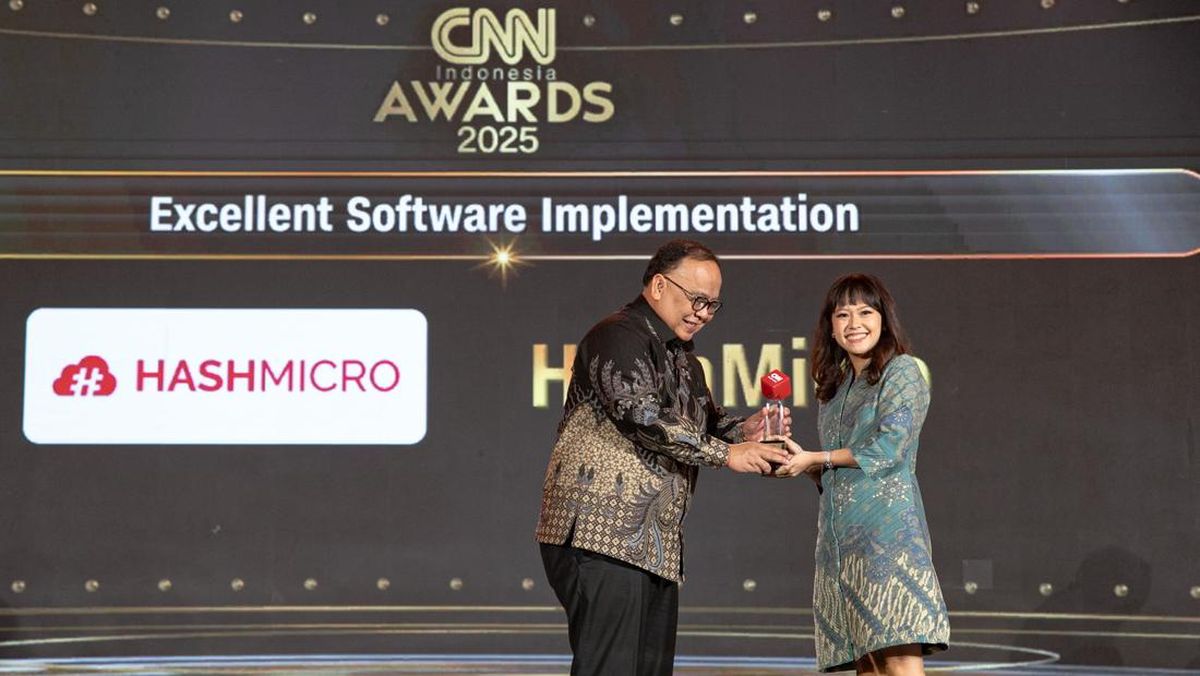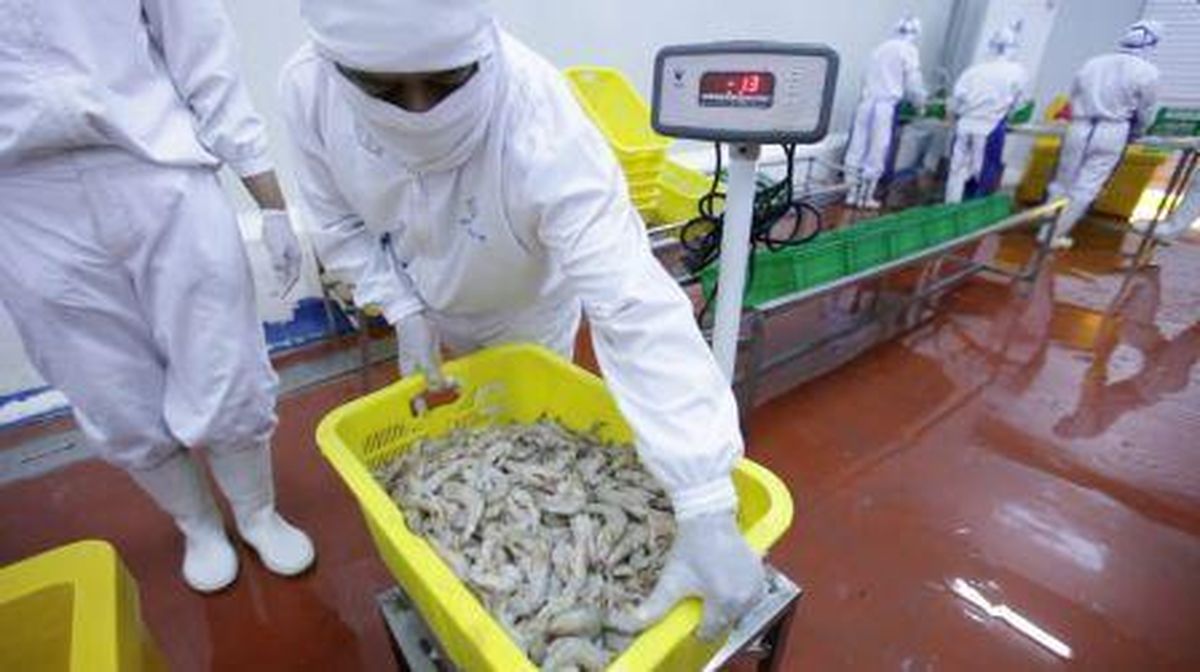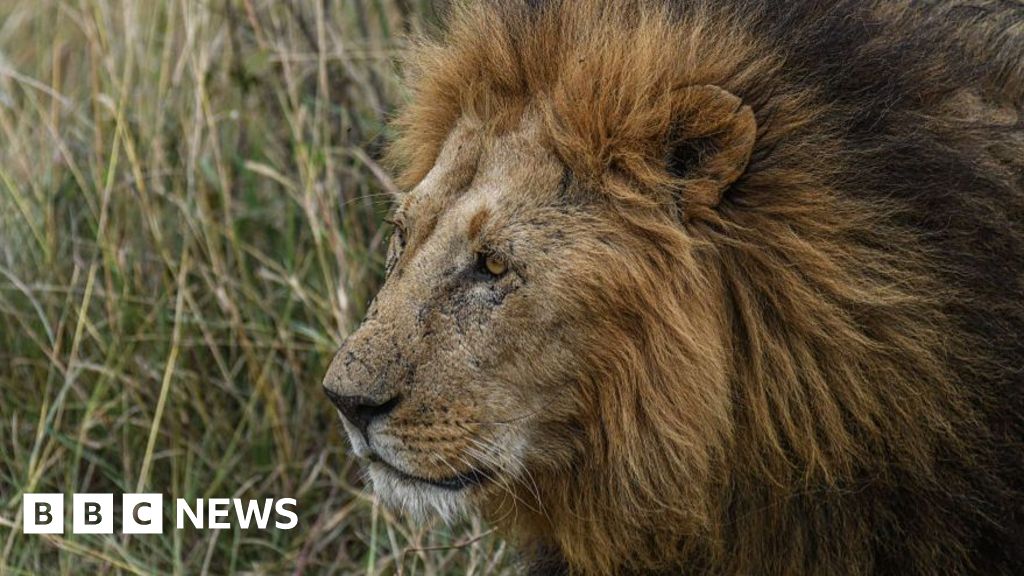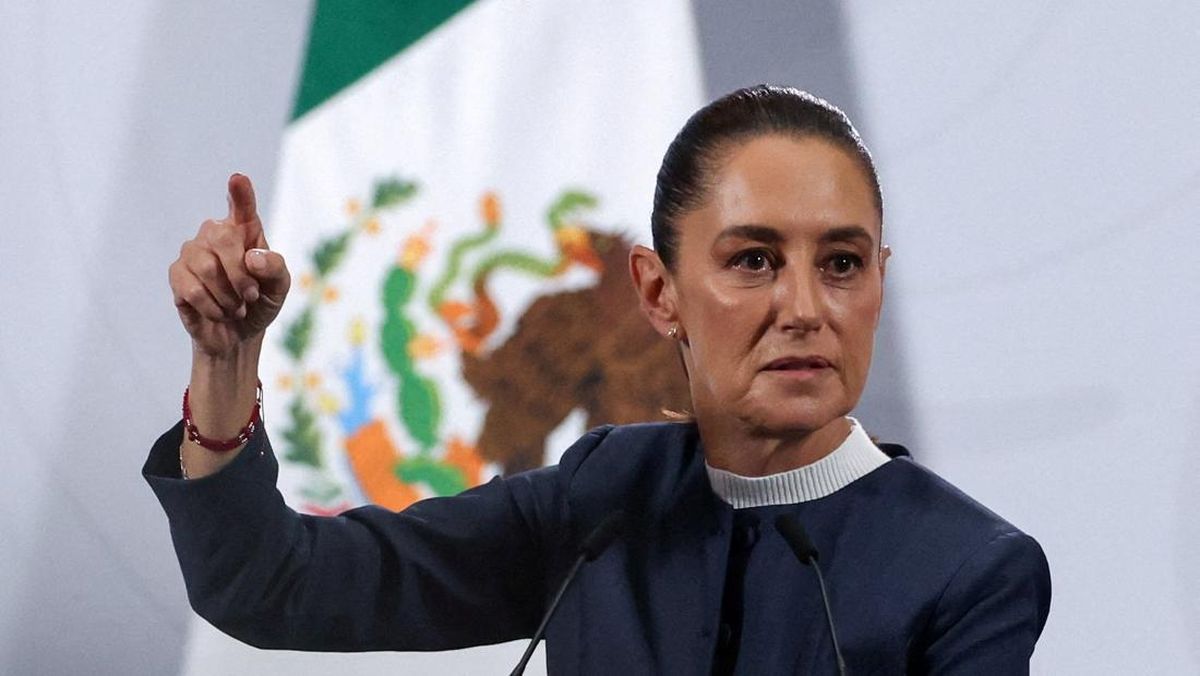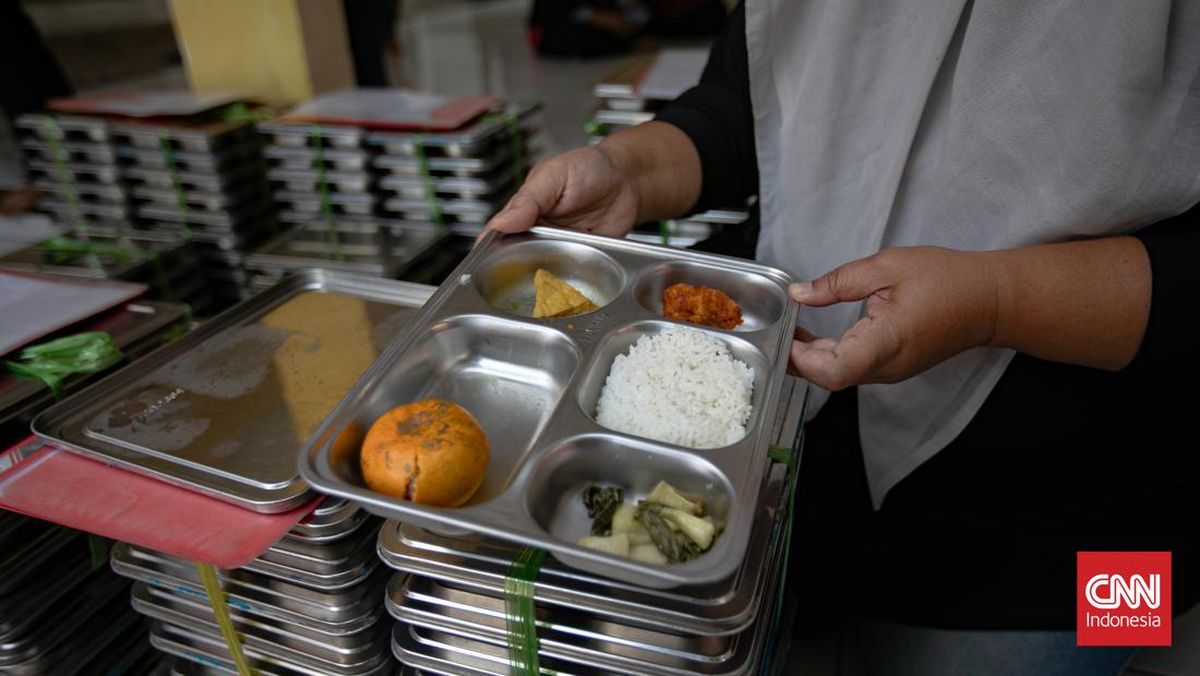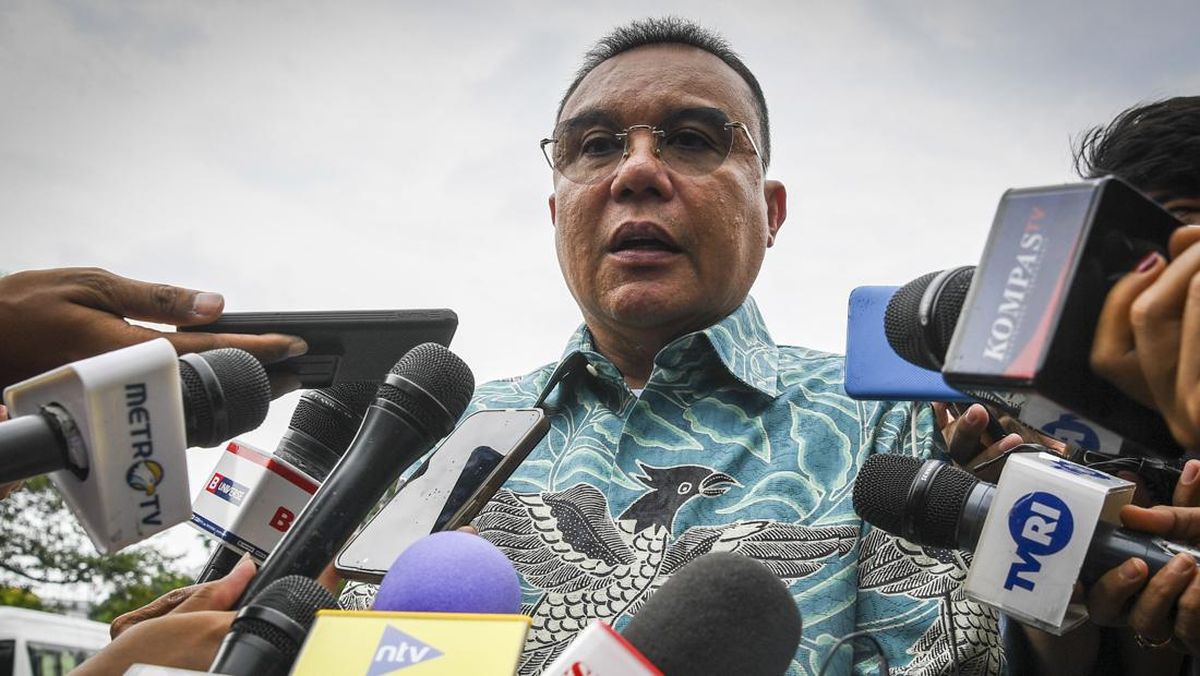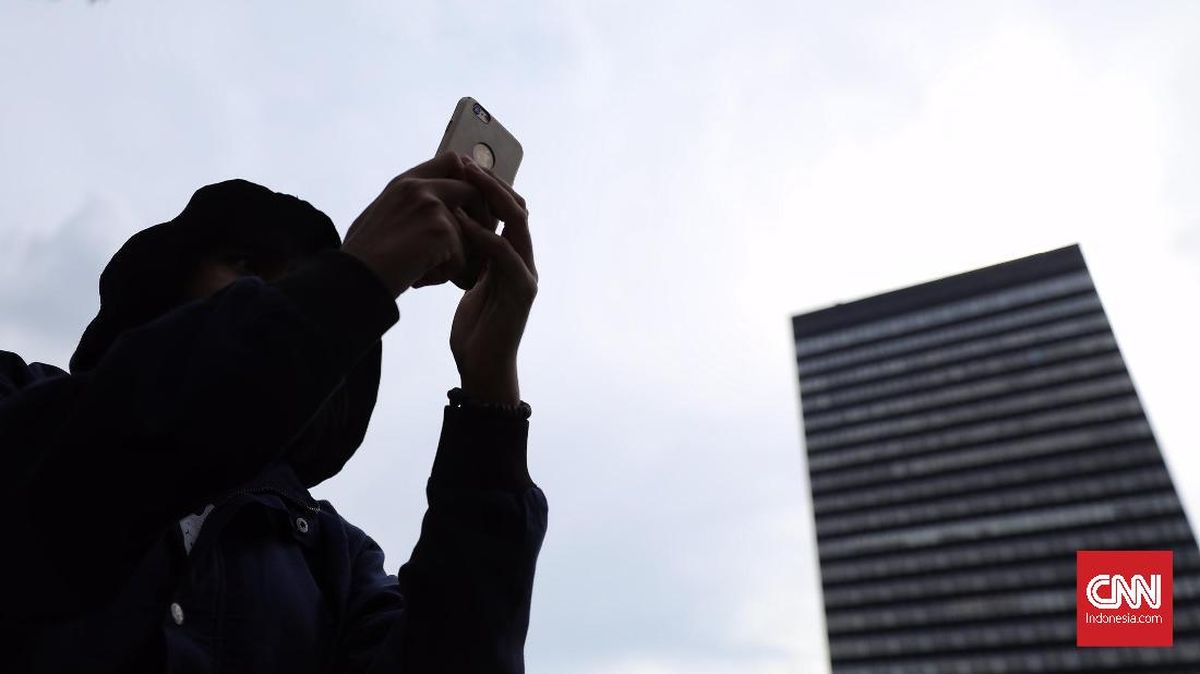Dressed in shimmering sequins, commercial lawyer turned champagne specialist Natalie Hazel prepares to host another “educational” tasting for her Société de Champagne Sydney social club. “My guests, many from the corporate world, want to sound knowledgeable when ordering champagne,” explains Hazel, who quit law in 2019 to wage a marketing campaign on behalf of her clients, France’s luxury champagne-makers, to convince Australians – especially women – to keep buying their fizz.

Commercial lawyer turned champagne specialist Natalie Hazel.Credit:
After importing a record 10.5 million bottles in 2022, Australia dropped to 7.3 million bottles in 2024 (almost on par with more populous Germany and Italy). The cost of living crisis, cheaper sparkling wines and fluctuating exchange rates have all impacted the trend. That said, Sydney-based Champagne Bureau Australia director John Noble says Australia still remains “one of the most important” champagne markets, worth more than $261 million annually and ranking seventh behind the US, UK, Japan, Italy, Germany and Belgium.
“Champagne’s romance, glamour and history have always been seductive, especially for women,” says Hazel of the 54 per cent of buyers who are female. Her own Sydney wine fridge rivals the Bollinger vending machine from Absolutely Fabulous, but she insists her 400-bottle collection – worth somewhere in the six figures – “is modest” compared to others and purely for consumption.
Brokerage firm Langtons’ head of auctions Michael Anderson says Australian champagne-speculating attracts “phenomenal bidding”. He recently sold a 2012 Cristal Brut Methuselah for $8644, eight times its original price. “The real issue,” he jokes, “is not drinking them!”
Sydney anaesthetist Dr Anthony Chan is one of Australia’s more discerning collectors. While champagne represents less than 10 per cent of his 4000-bottle wine collection, he opts for the rarest bottles costing thousands. “My wife enjoys champagne,” he says, “but I also sell and make a worthwhile profit.” (In 2021, Christie’s London auctioned a bottle of Perrier-Jouët 1874 – blended by Charles Perrier himself – for almost £43,000.)
Noble says that, at the height of the gold rush, Australia was the world’s largest champagne-buyer. On May 3, 1860, The Age reported a ship arriving in Melbourne with 9372 bottles on board. Today, “champagne season” kicks off with the spring racing carnival (more than 12,800 bottles of G.H. Mumm were consumed at Flemington this time last year), culminating in the Australian Open where 85,000 flutes of Piper Heidsieck were downed last January. Noble adds 2025 “is looking much stronger”. Vive le bubbly!
To read more from Good Weekend magazine, visit our page at The Sydney Morning Herald, The Age and Brisbane Times.

